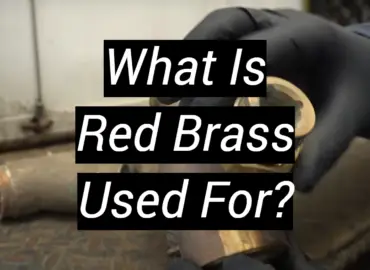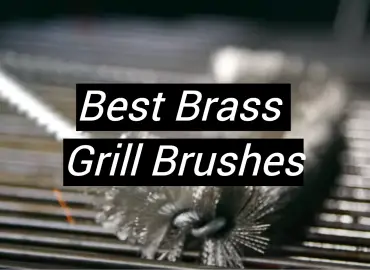Are you looking to find brass scrap for your new project? Brass is a beautiful material that can be used in many ways, whether you’re creating art or engineering something practical.
In this article, we will discuss some of the best ways to locate brass scrap and help you get started on your project.Is it worth collecting brass?
Collecting brass scrap can be a lucrative undertaking. It allows you to get materials for your art projects, make money, and much more.

Here are the key reasons why people collect scrap:
- Brass is strong and generally resists corrosion better than other metals, making it a great choice for projects requiring durability. Additionally, it has a beautiful golden-yellow hue that can add an elegant touch to any project;
- Brass is malleable and easy to shape into intricate designs, making it perfect for art projects or custom parts. It’s also relatively easy to solder, allowing you to join pieces of brass together quickly and easily;
- Brass is a non-magnetic material, making it useful for applications where ferrous materials would be undesirable. It’s also non-toxic and heat resistant, making it safe to use in many different types of projects;
- Collecting brass scrap is a great way to save money as it can be found at discounted rates. Since scrap is recycled material, it’s an environmentally friendly option for projects that require metal parts. You can do your part to reduce waste while getting the materials you need;
- Many types of scrap brass can be found at flea markets or antique stores, giving you the chance to find unique pieces that can add character to your project without breaking the bank. You can also find brass scrap online, giving you access to a wide range of options from around the world;
- Brass is an ideal material for jewelry making, as it can be easily shaped and polished to create beautiful pieces. It’s also relatively lightweight, making it comfortable to wear;
- Collecting brass scrap can be an enjoyable hobby, as you never know what kind of hidden gems you might find on your scavenging adventures;
- Selling unwanted scraps to local scrap yards can also provide a nice extra income stream;
- Scrap brass can be used for many different kinds of projects, from small-scale art pieces to large-scale industrial applications;
- Scrap brass is easier to store than other types of metals, as it generally doesn’t require special handling or storage conditions. It makes it a great option for people looking to stockpile materials without taking up too much space.
Where is the best place to find scrap brass?
The global scrap recycling market grew from $7.77 billion in 2022 to $8.71 billion in 2023 at a compound annual growth rate of 12.1%. So, there is no wonder that more and more people are involved in scrap collecting. The best places to find brass scrap are flea markets, antique stores, local scrap yards, and online marketplaces. Here are some of the most popular sources for scrap brass [1]:
- Central heating and air conditioning. Central heating and air conditioning units are often made of brass, which makes them a good scrap material source. Many homeowners looking to upgrade their systems will end up with extra brass parts that they’re willing to part with, so always be sure to ask around before scrapping your unit;
- Junk shops and flea markets. Flea markets and junk shops can be great places to find brass scrap, as they often have a wide selection of items at competitive prices. Look for old door knobs, brass fixtures, and other small pieces that can be easily salvaged and reused.
- Plumbing. Plumbing fixtures and parts are often made of brass as well. It makes them another great source of scrap. Look for old valves, faucets, and other plumbing parts that can be salvaged for your project;
- Shooting ranges. Shooting ranges are also great sources for brass scrap as they often have different sizes and calibers available. Be sure to ask the range staff for permission before attempting to collect scrap from the range;
- Furniture & fixtures. Furniture and fixtures such as handrails, door handles, and window frames are often made from brass, making them excellent sources for scrap. Pay attention to the old items that can be salvaged and refinished for a new life;
- Jewelry & instruments. Jewelry and instruments such as trumpets, trombones, and saxophones are often made from brass. Hence, they are a great source of scrap for art projects or custom parts. Look for old pieces that can be reused in new creations or salvaged for their raw materials;
- Locks and keys. Locks and keys are another great source of brass scrap, as they often contain small parts that can be salvaged and reused. Seek old locks, keys, and other hardware that may have been discarded or forgotten;
- Hardware and tools. Hardware and tools are also prime sources of brass scrap. Look for old screws, bolts, nuts, washers, and other small parts that can be salvaged. You may also find larger pieces such as hinges or latches that can be reused in your projects;
- Decorative items. Decorative items such as vases, plates, and sculptures are often made from brass, which is also good for recycling;
- Shell casings. Shell casings are another great source of brass scrap. Shell casings can be collected from shooting ranges, gunsmiths, and even military sources. They are often available in a variety of sizes and calibers, giving you plenty of options for your project [2];
- Light fixtures. Light fixtures such as chandeliers, wall sconces, and pendant lights are often made from brass. You can use them as a scrap material source or repurpose these pieces into art decor;
- Radiators. Radiators are another common source of brass scrap. They can be salvaged and turned into unique pieces of art or used as raw material for your project. Many radiators contain other valuable metals such as copper which can also be collected and sold;
- Musical Instruments. Musical instruments are often made from brass, making them a great source of scrap. Look for broken or obsolete pieces that can be salvaged and repurposed for your project.
Types of Brass Scrap
Brass scrap can be found in a variety of shapes and sizes, making it an ideal material for many different types of projects.
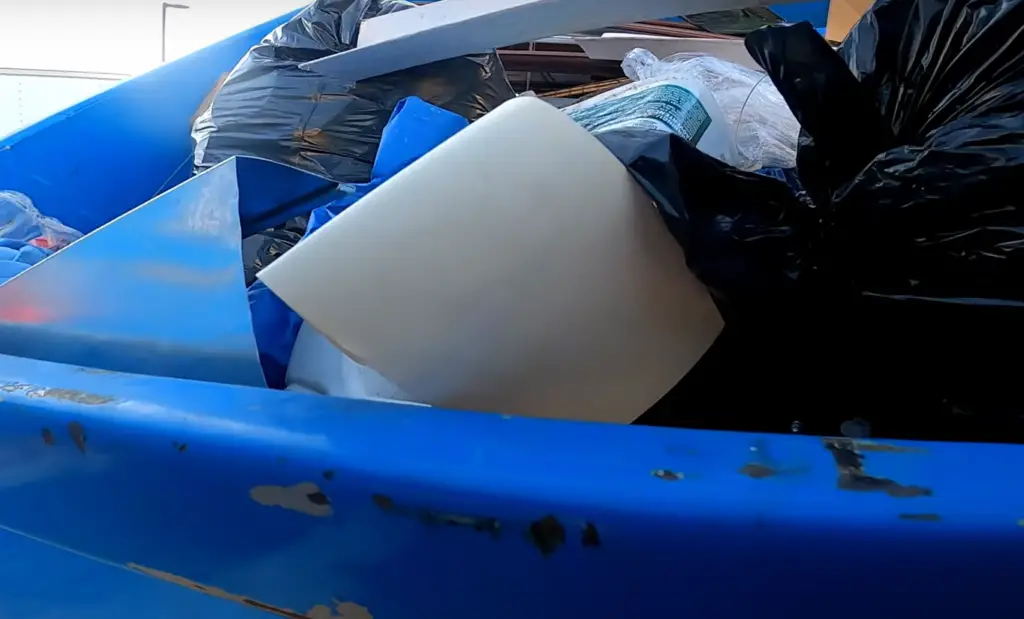
Here are some of the most common types of brass scrap you’ll find:
Red Brass Scrap
Red brass scrap is composed of 60-65% copper and 37% and less zinc, giving it a reddish hue. It is a great source of copper, making it one of the most sought after types of brass scrap. It can be used for many different applications, including:
- Electrical wiring;
- Plumbing;
- Construction.
This type of brass is also highly corrosion-resistant which makes it a great choice for outdoor projects that will be exposed to the elements. Red brass scrap can be found in many shapes and sizes, which makes it suitable for any project [3].
Hard Brass Scrap
Hard brass scrap is composed of 75% copper maximum and up to 25% zinc.
It comes in a variety of shapes and sizes and is ideal for projects that require higher levels of strength and durability. Hard brass scrap can also be sold at higher prices due to its higher copper content [4].Yellow Brass Scrap
Yellow brass scrap is composed of 60-70% copper and 30-40% zinc. It has an attractive golden color that makes it ideal for decorative applications, including:
- Door knobs;
- Handles;
- Fixtures.
It is a great material for art projects or custom parts due to its malleability [5].
Brass Shell Cases Scrap
Brass shell case scrap is composed of 90% copper and 10% zinc. It is one of the most common types of brass scrap due to its prevalence in ammunition. It is often used for reloading and can be sold at higher prices than other types of brass scrap due to its high copper content. Brass shell case scrap is also easy to work with due to its malleability.
Brass Turnings
Brass turnings are composed of 90% copper and 10% zinc, giving them a golden color. Their strength and durability make them ideal for industrial and manufacturing applications.
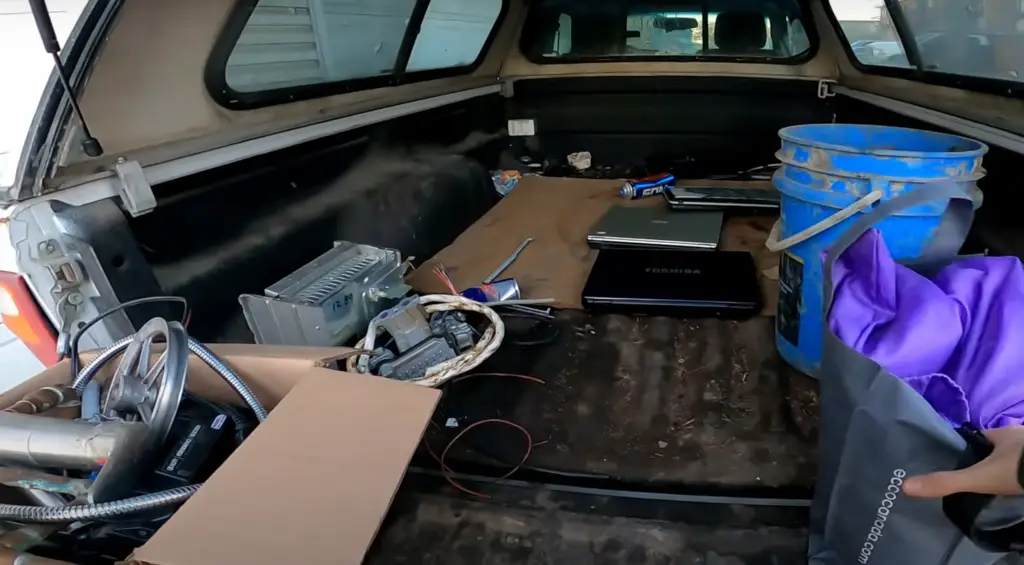
Brass turnings can also be used in jewelry making, decorative items, and crafts projects as they can be easily formed and polished to create beautiful pieces. Their heat-resistant properties make brass turnings an ideal material for many different applications.
What is the best brass to scrap?
The best brass to scrap depends on your particular needs and budget. Generally, red brass is the most cost-effective type as it’s easier to find and has a lower scrap value. Hard brass is also a good option as it is strong and durable, making it ideal for casting purposes.
Brass shell cases are often used for machining parts due to their hardness and durability, while brass turnings can be easily formed and polished into beautiful pieces. Ultimately, the best type of brass to scrap will depend on what you need it for and how much you’re willing to spend.How do you sort brass for scrap?
By following these steps, you can easily sort out your brass scrap and get the most value for your money. With a little bit of effort, you can turn your old brass items into valuable resources that can be used for new projects or sold for profit:
Step 1. Gather and Collect the Brass
Begin by gathering all of your brass scraps and sorting them into their respective categories, such as red brass, hard brass, yellow brass, etc.
Step 2. Separate Non-Brass Items
Carefully inspect each piece to ensure that no non-brass items have been mixed in with the scrap metal. This can include screws, nails, wires, or other metals that can be salvaged separately.
Step 3. Remove Corrosion or Rust
If there is any corrosion or rust on any of the pieces, use a wire brush or sandpaper to remove it before recycling the metal.
Step 4. Sort By Grade and Size
Sort out the brass by grade (architectural or industrial) and size (smaller pieces, larger pieces). It will make it easier to determine what type of brass is best for your project.
Step 5. Clean the Brass
Rinse all the brass scraps with warm water and detergent to remove any dirt or debris that may have accumulated on them.
Step 6. Prepare the Brass for Recycling
Separate copper or zinc alloyed with the brass and prepare them for recycling separately. The remaining brass can then be weighed and taken to a local scrap yard where you can receive payment for your recycled goods.
Step 7. Store the Brass
Once you have collected and sorted all your brass scraps, store them in a safe place away from moisture to prevent further corrosion or rusting.
Differentiating brass from copper and bronze
Brass is an alloy composed of copper and zinc, while copper and bronze are pure metals. Copper has a reddish hue to it while bronze is similar in appearance to brass, but slightly darker with a more golden-brown color. Brass also has a yellowish tint due to the higher amount of zinc in its composition.
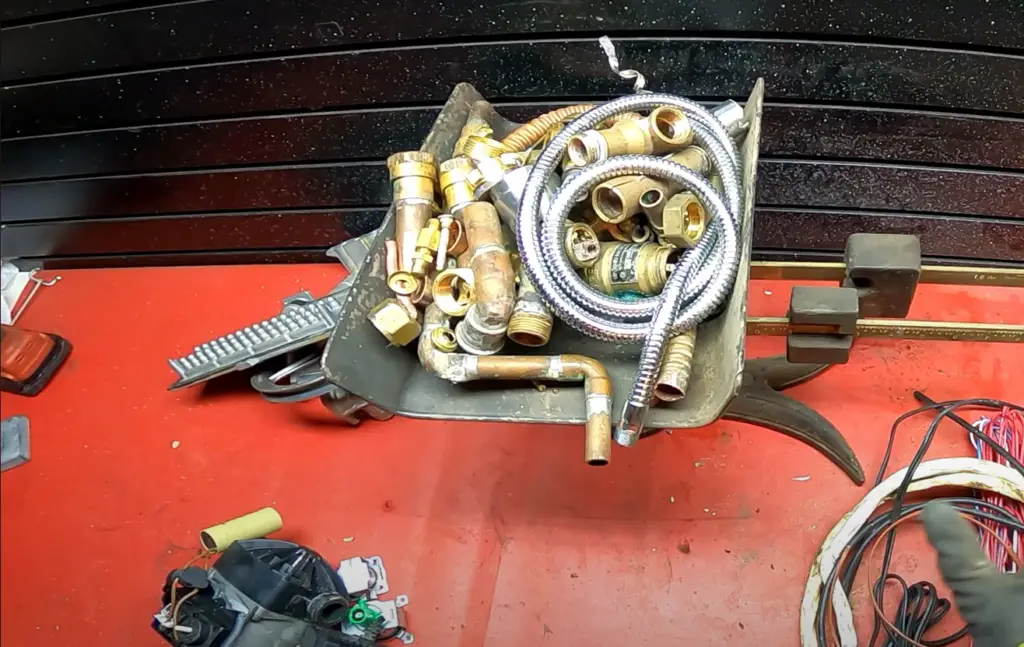
One way to differentiate between brass and copper/bronze is by testing their malleability; brass is more malleable than either copper or bronze. Another way to tell the difference is by examining their weights; brass is heavier than both copper and bronze. Finally, you can check for any corrosion on each metal; brass will corrode slower than either copper or bronze due to its zinc content.
FAQs
Should I clean the brass before scrapping?
Yes, you should. You should always clean your brass before scrapping it. It’s best to rinse your brass scraps with warm water and detergent before taking them to a scrap yard. It will help you get the best price for your scrap metal as any dirt or debris that has accumulated on the brass can lower its value.
Why is brass so cheap?
Brass is usually cheaper than other metals due to its abundance and ease of production. It can be alloyed with zinc to create a variety of different colors, making it highly versatile. Additionally, brass is much less expensive than gold or silver, making it a great choice for those looking to save money while still getting quality materials.
How much is brass worth today?
The price of brass is constantly fluctuating, although it typically ranges from around 90 cents to $2 per pound. Prices can also vary depending on the grade and type of brass you have (red brass, hard brass, yellow brass, etc.). The best way to determine how much money your brass is worth is by checking with your local scrap metal dealer.
Useful Video: Dumpster Diving For Scrap Copper And Brass At Plumbing Shops! Trash Picking Recycling 009
Conclusion
In conclusion, brass is an incredibly versatile and cost-effective metal that can be used in many projects. Its strength and durability make it ideal for complex machining parts, while its malleability makes it perfect for crafting and jewelry making.
Sorting out the different types of brass and properly preparing them for scrapping can help you get the best price for your scrap metal. With a little bit of effort, you can turn your old brass items into valuable resources that can be used for new projects or sold for profit.
References:
- https://finance.yahoo.com/news/e-scrap-recycling-global-market-151600215.html
- https://www.scrapgators.com/how-to-recycle-brass-shells-and-earn-some-cash/
- https://www.bigdaddyscrap.com/a-scrap-metal-collector-s-guide-to-brass/
- https://scrapnews.recycleinme.com/newsdetails-741.aspx/
- https://www.scrapgators.com/yellow-brass-scrap-price-per-pound/





